Rodrigo Sombra was born in Ipiaú, Brazil, in 1986. His work has appeared in multiple publications in Brazil and abroad, including De Greif, Folha de São Paulo, O Globo and Carta Capital. In 2012, he joined the group exhibition “Uma Visita Ao Benin – Fotografias de uma Viagem,” dedicated to the country of Benin, Africa, in the Afro Brazilian Museum, São Paulo. His work was also shown in multiple group shows in San Francisco, California, where he lived from 2012 to 2015. Since his early childhood Sombra was raised in the city of Salvador. One of the largest Brazilian metropolis’, Salvador is the city with the largest Black population out of Africa which is key to Sombra’s work as it’s attuned with the dispersion of African diasporic cultures in Brazil, Cuba and Benin. Sombra is also known for his unconventional portraits of artists such as Caetano Veloso, Agnès Varda, Pedro Juan Gutierrez and Leonardo Padura. Sombra holds an M.A. in film studies from San Francisco State University. He currently lives in Rio.
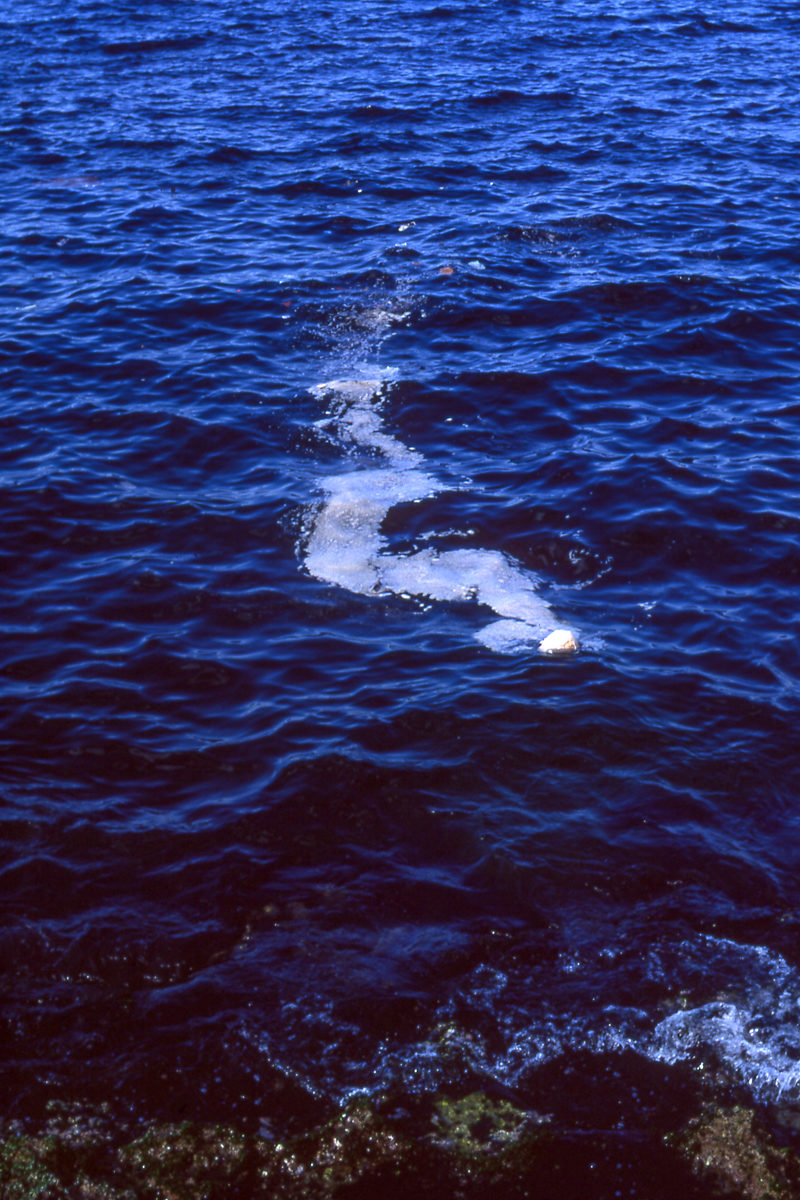

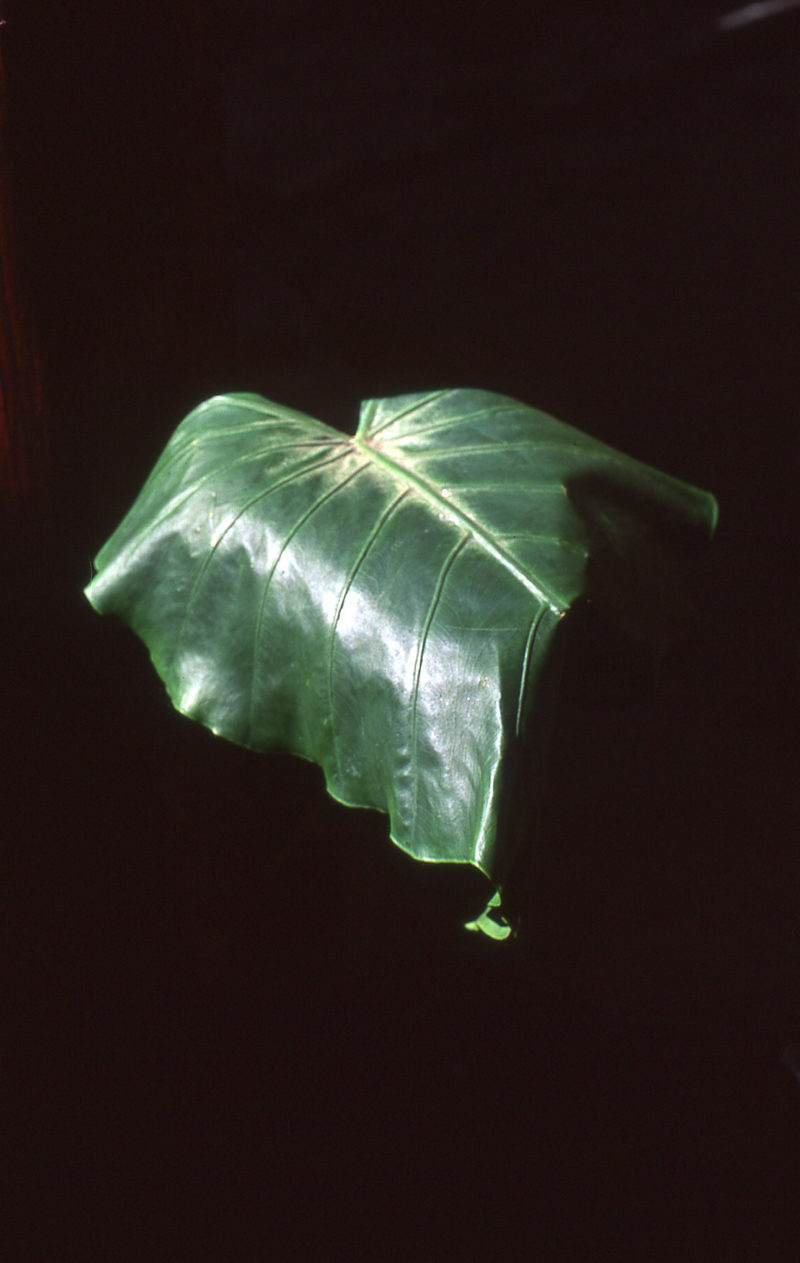
Insular Night: Invisible Gardens
“Insular Night: Invisible Gardens” explores the allure of the journey among young Cubans and the effects of the foreign presence in the island. This project was undertaken during two one-month trips that photographer Rodrigo Sombra made to the island in the past three years. The conceptual thread that binds the images together is the notion of “insularity”. The term should not be read here only in its geographical meaning; that is, what defines a body of land surrounded by water. In Sombra’s work “insularity” is rendered both as a predicament and a metaphor for contemporary Cuban reality. It is widely known that the Cuban government imposes harsh restrictions on citizens willing to cross the island’s limits. And that many of those who have ventured to sail the Caribbean in clandestine boats ended up drowned or eaten by sharks instead of reaching the Florida coast. But the sense of isolation expressed by many Cubans doesn’t only come from the restrictions on leaving the country. In Cuba, the condition of living on an island, its geographic insularity, is layered with political, historical and cultural particularities that decisively impact the way people constitute themselves. Insularity shapes their horizon of experiences and how they see their place in the world. Hence, insularity, therefore Cuba, is explored beyond geography and rather as a mental landscape in Sombra’s work.
The allure of the journey is deeply rooted in Cubans. Among young Cubans there’s a pervasive desire to be elsewhere which is intimately related to the foreign presence in the country. Today, Cuba is a global tourist destination. The masses of foreign tourists arriving every day represent the largest revenue for the country’s fragile economy. However the exchange of experiences with foreigners and the growing exposure to Western values, not to mention the abuses of sexual exploitation, have yielded fissures in the national identity that is sold as a unified whole by official propaganda. Cuban streets are crowded with people adorning their bodies with earrings, necklaces or shirts stamped with international brands or flags of the U.S, Canada, Germany and France. In this sense, the desire to be elsewhere is closely related to the presumed freedom associated with capitalist societies. The way many Cubans shape their identities, how they express their desire to change and be someone else, to a great extent mirrors the other that is in transit: the foreigner. It is at the tensions between the desire to be the other and the foreign presence, of the allure of border crossing and the constraints of insularity, that Sombra’s work weaves its political and aesthetic concerns.
“Insular Night: Invisible Gardens” could be described as a sort of maritime tale, which somehow evokes the allure of the ocean as a horizon of mourning and scape among many Cubans. Far from the dominant image of Cuba as a luxuriant landscape, an exotic setting made of whores, bustling streets and decaying architecture–or as a Marxist theme park–Sombra’s work adds a richly nuanced portrayal of the island.

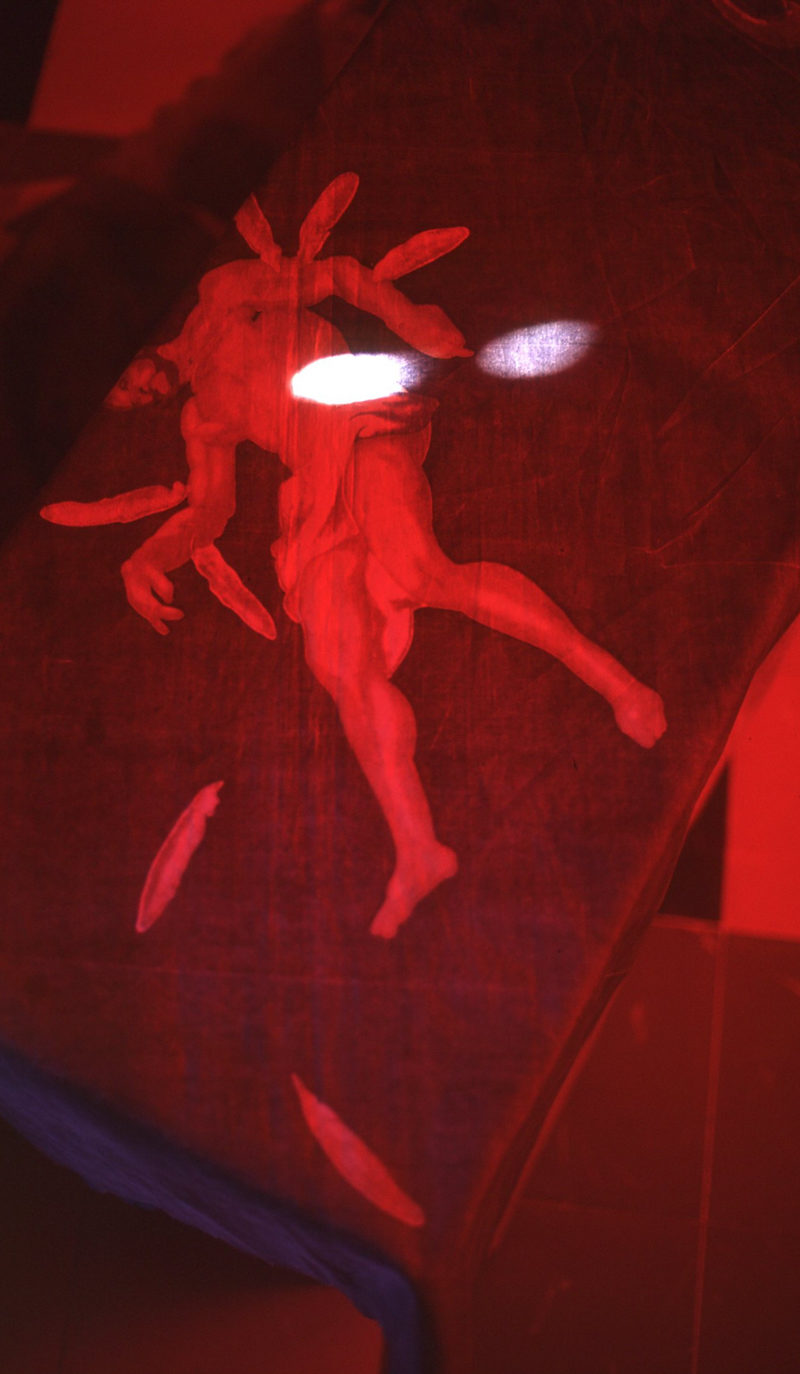


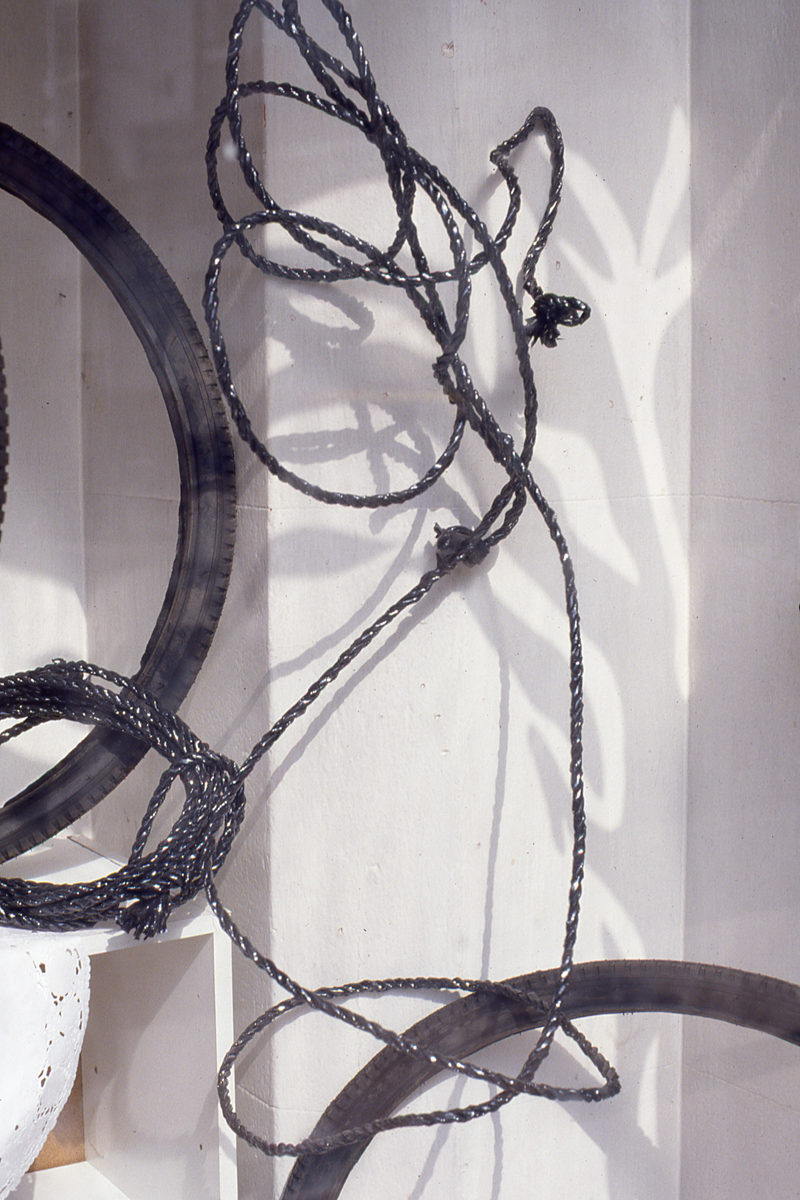
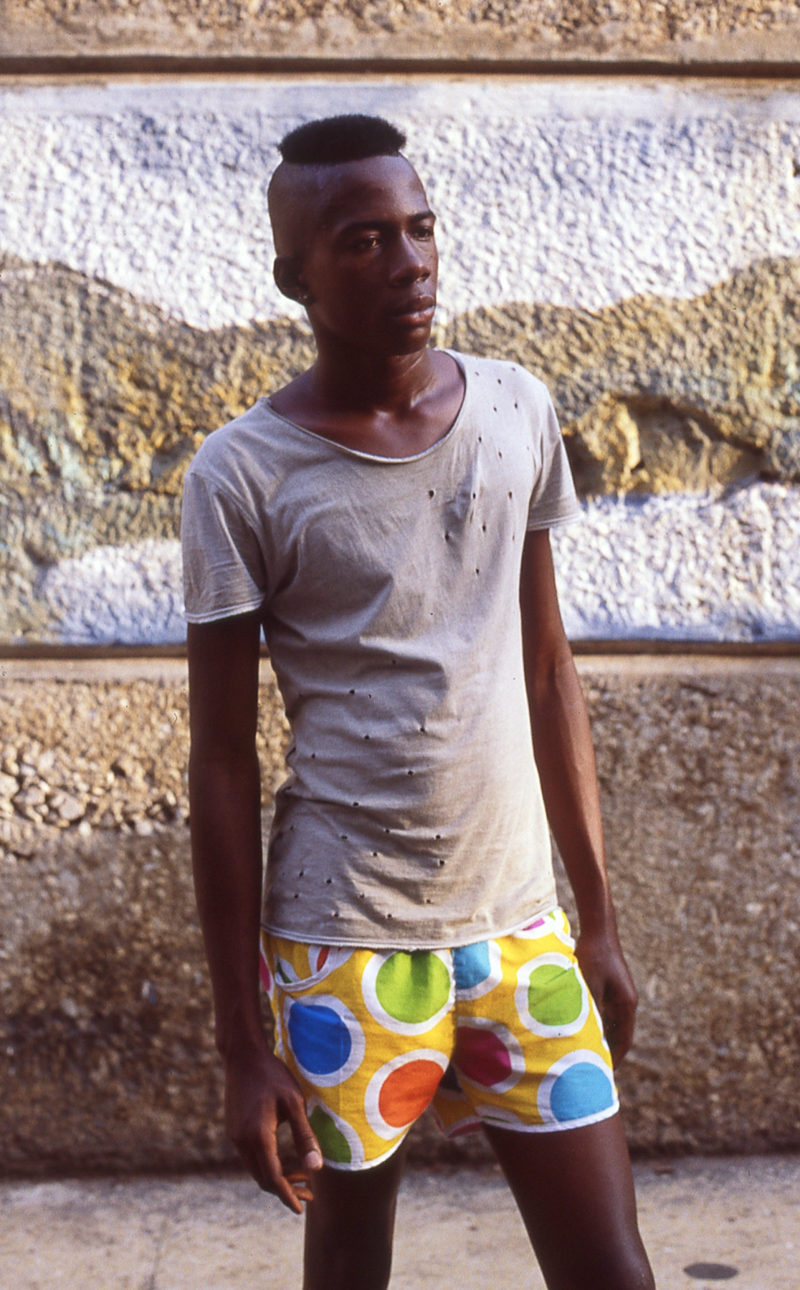



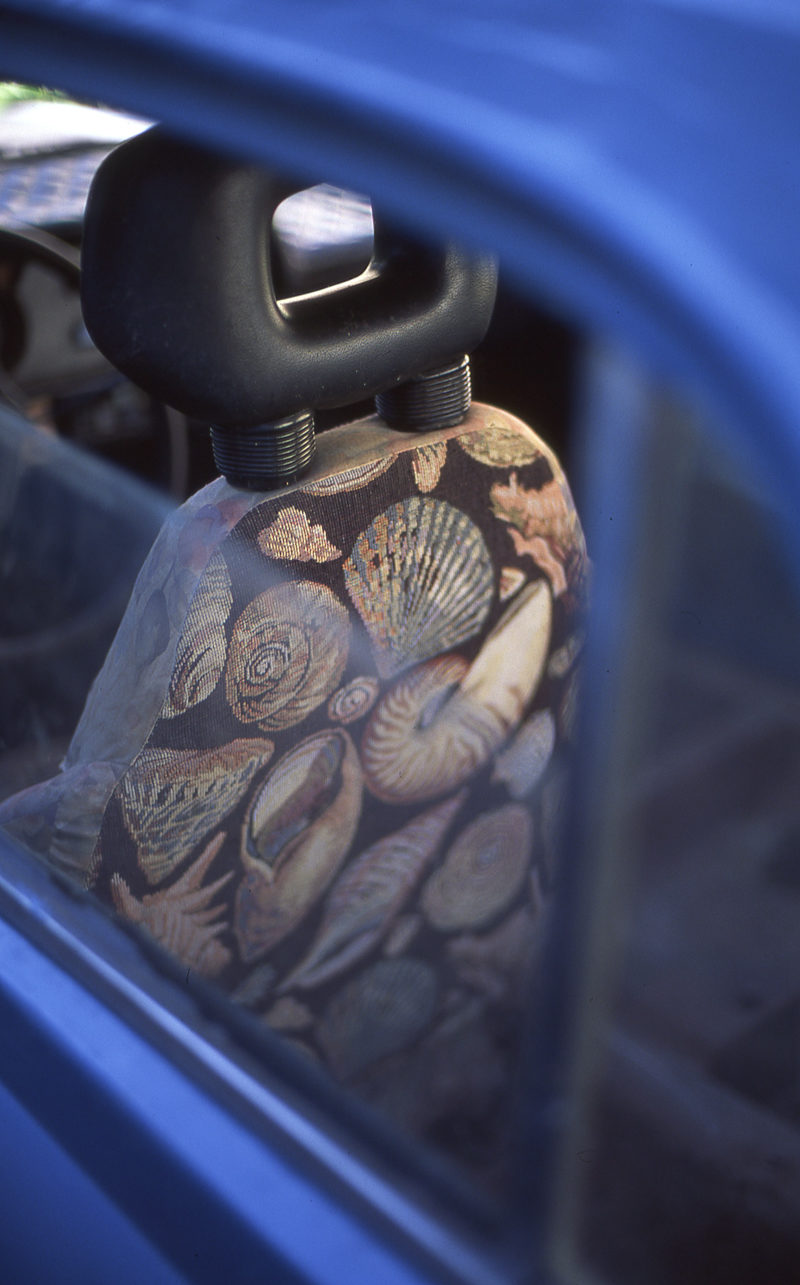
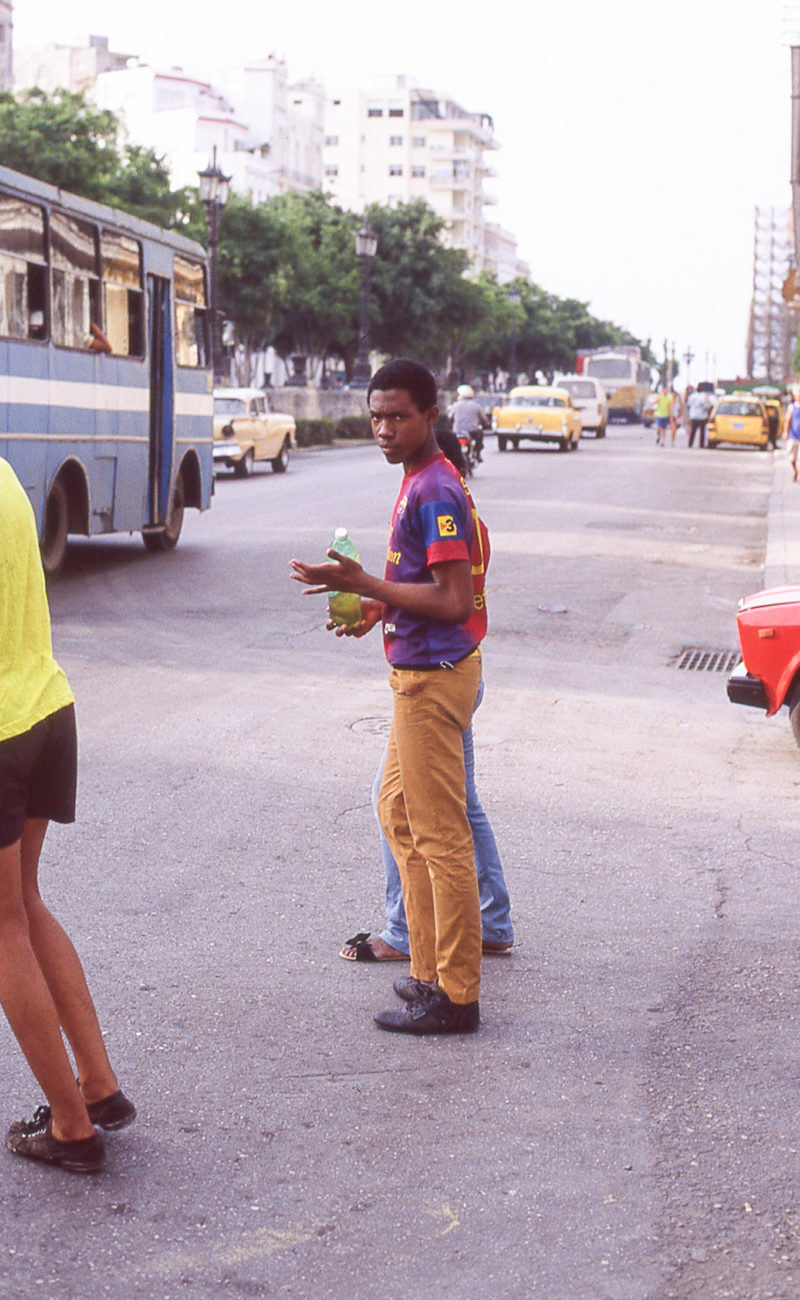

To view more of Rodrigo’s work please visit his website.